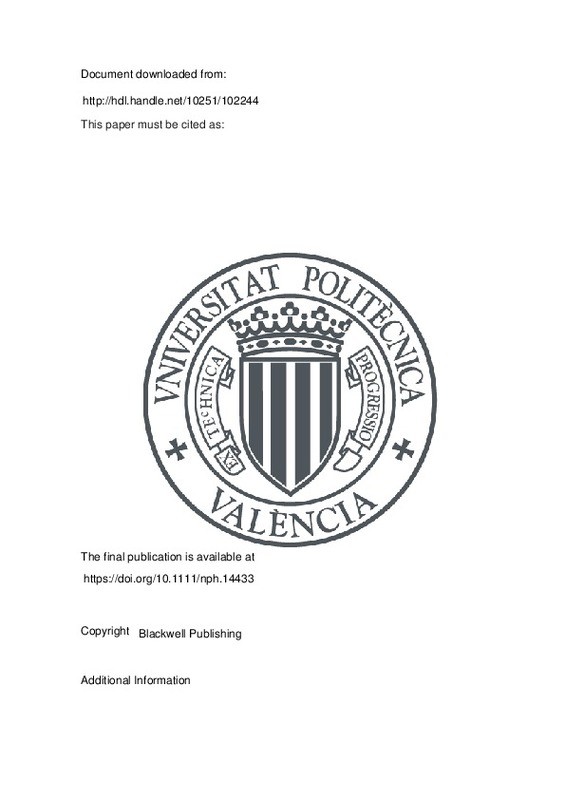JavaScript is disabled for your browser. Some features of this site may not work without it.
Buscar en RiuNet
Listar
Mi cuenta
Estadísticas
Ayuda RiuNet
Admin. UPV
The parthenocarpic hydra mutant reveals a new function for a SPOROCYTELESS-like gene in the control of fruit set in tomato
Mostrar el registro completo del ítem
Rojas-Gracia, P.; Roque Mesa, EM.; Medina Herranz, M.; Rochina Peñalver, MC.; Hamza, R.; Angarita-Diaz, MP.; Moreno Ferrero, V.... (2017). The parthenocarpic hydra mutant reveals a new function for a SPOROCYTELESS-like gene in the control of fruit set in tomato. New Phytologist. 214(3):1198-1212. https://doi.org/10.1111/nph.14433
Por favor, use este identificador para citar o enlazar este ítem: http://hdl.handle.net/10251/102244
Ficheros en el ítem
Metadatos del ítem
| Título: | The parthenocarpic hydra mutant reveals a new function for a SPOROCYTELESS-like gene in the control of fruit set in tomato | |
| Autor: | Rojas-Gracia, Pilar Medina Herranz, Mónica Rochina Peñalver, Mª Cruz Angarita-Diaz, Maria Pilar Pérez-Martín, Fernando Lozano, Rafael | |
| Entidad UPV: |
|
|
| Fecha difusión: |
|
|
| Resumen: |
[EN] Fruit set is an essential process to ensure successful sexual plant reproduction. The development of the flower into a fruit is actively repressed in the absence of pollination. However, some cultivars from a few ...[+]
|
|
| Palabras clave: |
|
|
| Derechos de uso: | Reserva de todos los derechos | |
| Fuente: |
|
|
| DOI: |
|
|
| Editorial: |
|
|
| Versión del editor: | https://doi.org/10.1111/nph.14433 | |
| Código del Proyecto: |
|
|
| Agradecimientos: |
This work was supported by grants from the Spanish Ministerio de Ciencia e Innovaci on (MICINN; AGL2009-07617
to C.G-M.; AGL2015-64991-C3-3-R to V.M.; and
AGL2015-64991-C3-1-R to R.L.) and the Ram on y Cajal
Program ...[+]
|
|
| Tipo: |
|







![[Cerrado]](/themes/UPV/images/candado.png)


